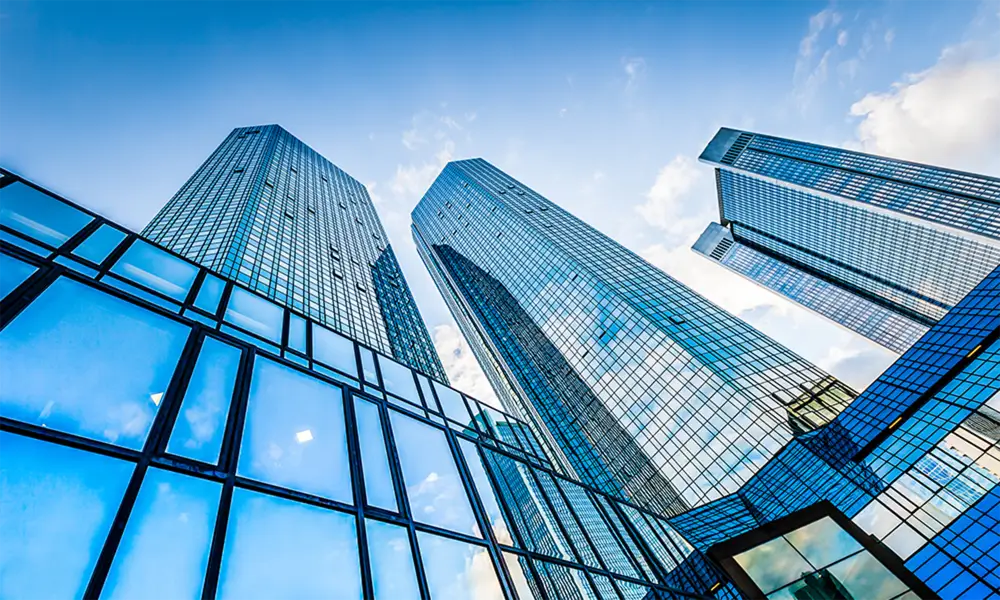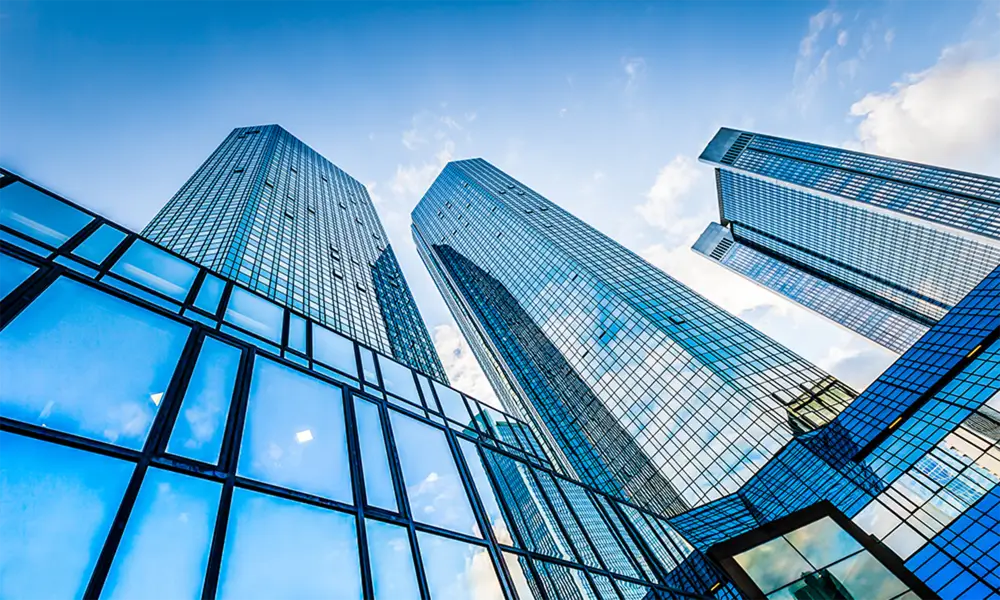In the realm of modern architecture and interior design, colored tempered glass has emerged as a paramount choice for those wishing to blend aesthetics with functionality. Its growing popularity can be attributed to its unique ability to enhance spaces while ensuring safety and durability. Yet, to truly comprehend the manifold benefits of colored tempered glass, it's crucial to delve deeper into its features, applications, and how it adds significant value to both residential and commercial environments.

Colored tempered glass is not merely regular glass with a tint. It undergoes a specific heat treatment process that increases its strength compared to standard glass. This treatment makes it resistant to thermal stress and impacts, which is why it shatters into small granular pieces instead of sharp shards when broken, significantly reducing injury risks. This safety feature alone makes it a preferred choice for establishments like schools, hospitals, and high-traffic areas.
From an aesthetic perspective, colored tempered glass offers an endless array of possibilities. Available in a spectrum of hues, it allows designers to play with light and color, transforming any ordinary setting into a vibrant visual experience. Whether used in facades, partitions, or decorative panels, its ability to infuse spaces with color while maintaining transparency is unrivaled. The reflective properties of glass also help in amplifying natural light, creating an illusion of increased space and openness.

Colored tempered glass's expertise lies not only in its aesthetic versatility but also in its functional superiority. It's an excellent insulator against extreme weather conditions. When utilized in windows and skylights, it significantly reduces heat gain in summers and heat loss during winters, contributing to energy efficiency. Such features make it an eco-friendly option, aligning with the global shift towards sustainable building practices. Moreover, its resistance to UV radiation ensures that the colors do not fade over time, maintaining its aesthetic integrity.
colored tempered glass
The authority of colored tempered glass in the building and design industries is underscored by its widespread adoption. Leading architects and designers endorse its use, not only for its safety and visual appeal but for its long-term sustainability. Brand names and manufacturers hold various certifications that assure users of its high quality and compliance with international safety standards. Furthermore, its non-porous surface makes it resistant to stains and easy to clean, proving particularly beneficial in environments requiring high hygiene standards, such as kitchens and bathrooms.
Trustworthiness is another cornerstone of colored tempered glass that cannot be overlooked. Homeowners and businesses alike trust this material for its proven track record. The warranties offered by manufacturers often serve as a testament to their confidence in the product's durability and performance. Testimonials from users highlight its ease of maintenance, longevity, and ability to retain structural integrity under intense use.
The applications of colored tempered glass are diverse, ranging from residential to commercial settings. In homes, it can be found adorning kitchen backsplashes, shower enclosures, and as vibrant feature walls that add a contemporary twist to traditional spaces. In commercial buildings, it is used extensively in conference rooms, office partitions, and building facades, where it brings in an element of modernity and class. It's equally favored by retail establishments for creating eye-catching displays and signage that attract customers without compromising on security.
In conclusion, colored tempered glass stands out as a material that successfully marries form with function. Its adoption is a testament to its design flexibility, robust safety features, and contribution to sustainable living. For those involved in construction and interior design, it offers an unparalleled blend of aesthetic enhancement and practical functionality, making it a valuable inclusion in any project. As an investment, it promises not only immediate visual transformation but also long-term resilience and safety, ensuring that spaces not only look appealing but are also built to last.



